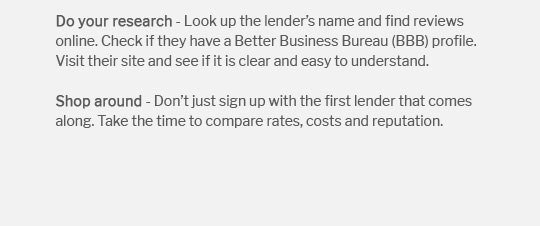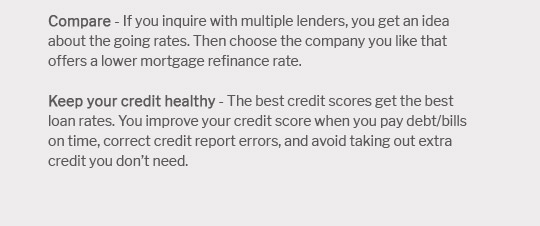 |
|||
 |
 |
 |
||
|---|---|---|
 |
||
 |
||
 |
||
 |
||
 |
||
 |
||
 |
 |
 |
 |
Can I Refinance My Home: A Comprehensive Guide to Understanding Your OptionsWhat is Home Refinancing?Home refinancing involves replacing your existing mortgage with a new one, usually to achieve better terms. This process can help you reduce monthly payments, secure a lower interest rate, or alter the loan term. Reasons to Consider Refinancing
Types of Refinancing OptionsRate-and-Term RefinancingThis option focuses on altering the interest rate and term of your mortgage without changing the loan amount, ideal for reducing monthly payments or loan duration. Cash-Out RefinancingWith cash-out refinancing, you can borrow more than you owe on your home and take the difference in cash. It's beneficial if your home has appreciated in value. Streamline RefinancingDesigned for those with government-backed loans, streamline refinancing offers a quicker, simpler process with minimal paperwork. Steps to Refinance Your Home
Frequently Asked Questions
https://www.pennymac.com/refinancing/how-refinancing-works
Refinancing means that you're obtaining a new home loan to replace your existing one. You could think of it as: Same home, new loan. https://planethomelending.com/refinance-mortgage/
How much can I borrow from my home when I refinance to pay off debt? - Homeowners with good credit: The FHA, Freddie Mac, and Fannie Mae guidelines allow ... https://myhome.freddiemac.com/blog/refinancing/6-questions-ask-you-refinance
When you refinance your mortgage, you are essentially applying for a new home loan and should be prepared to cover closing costs.
|
|---|